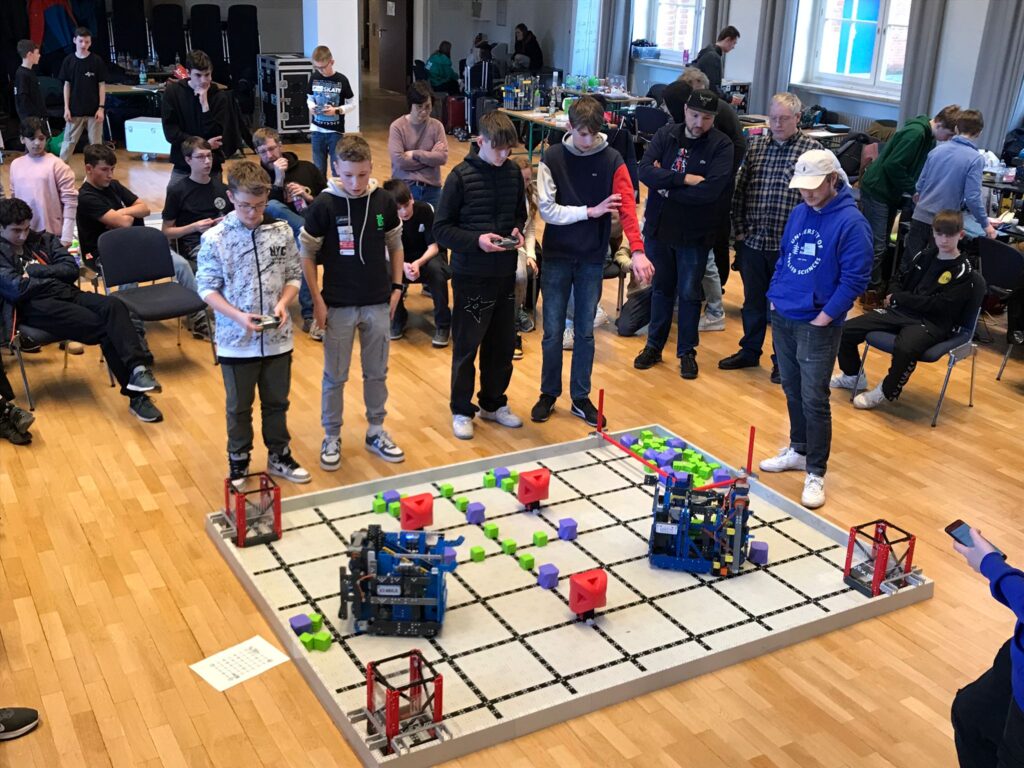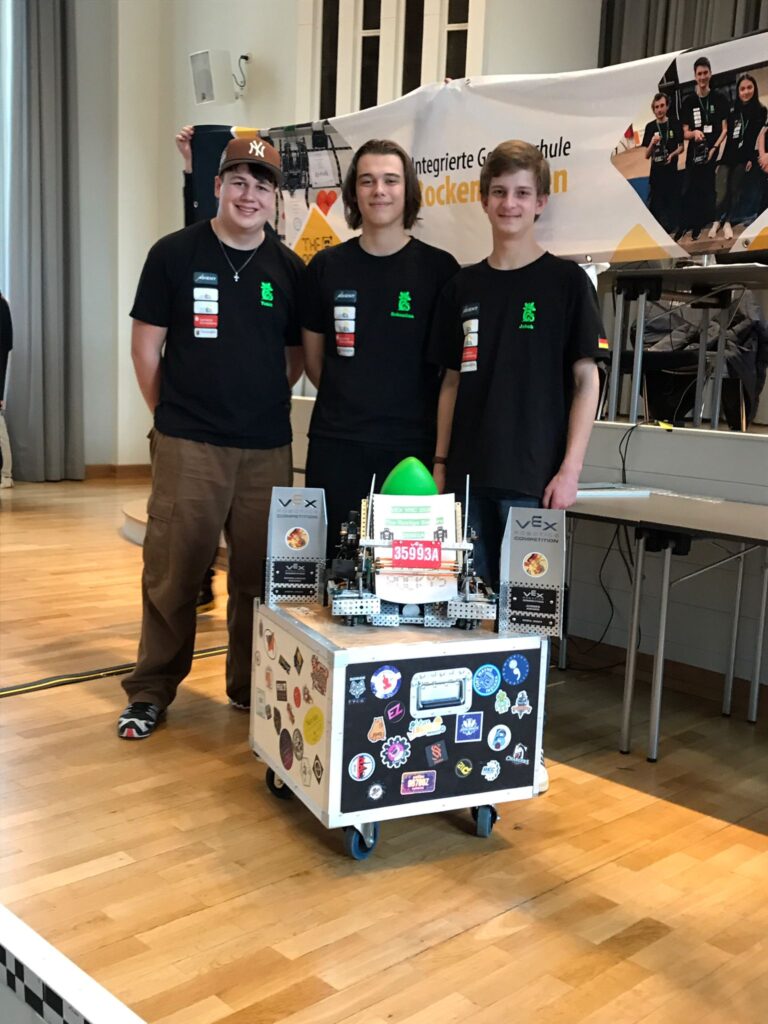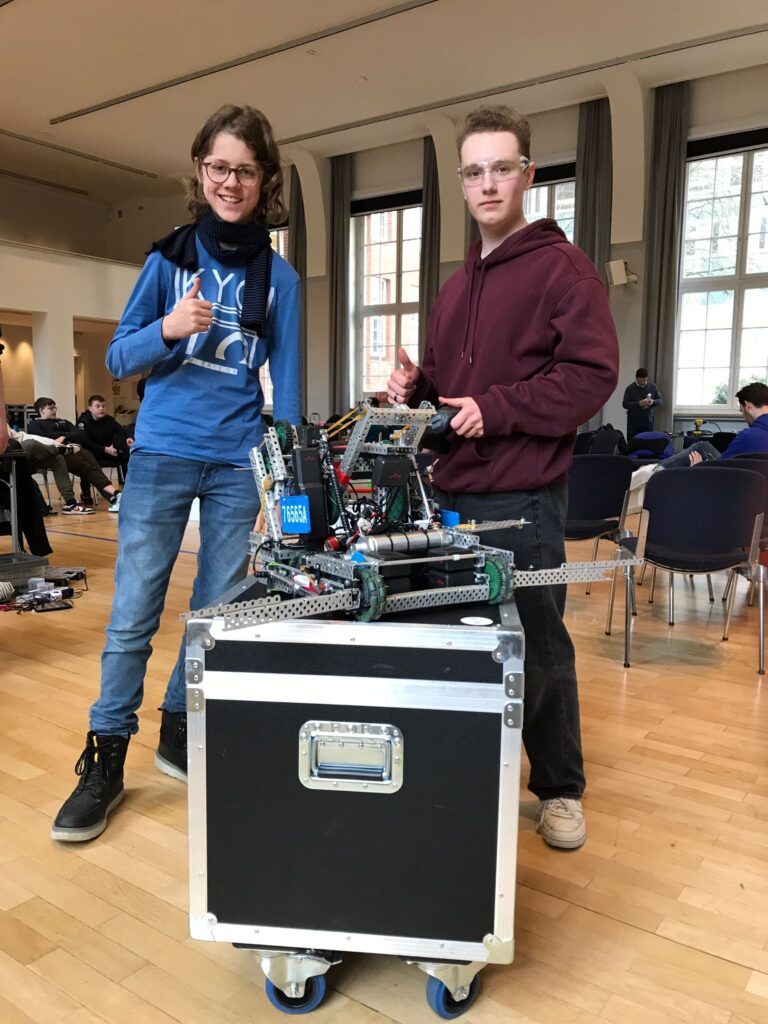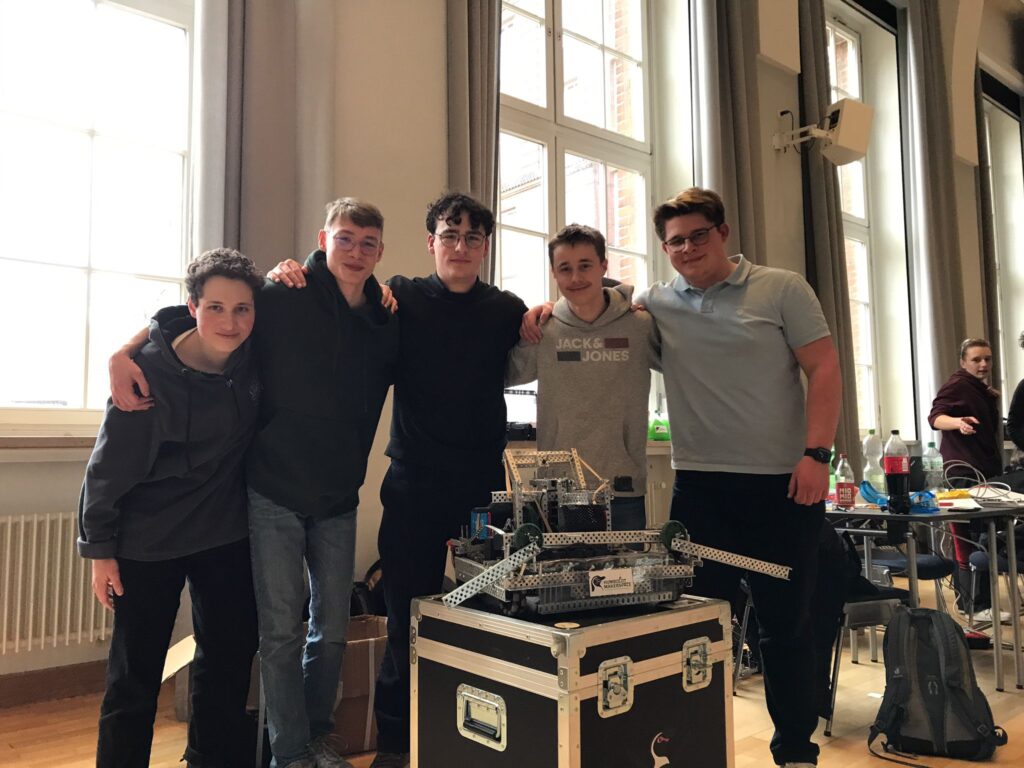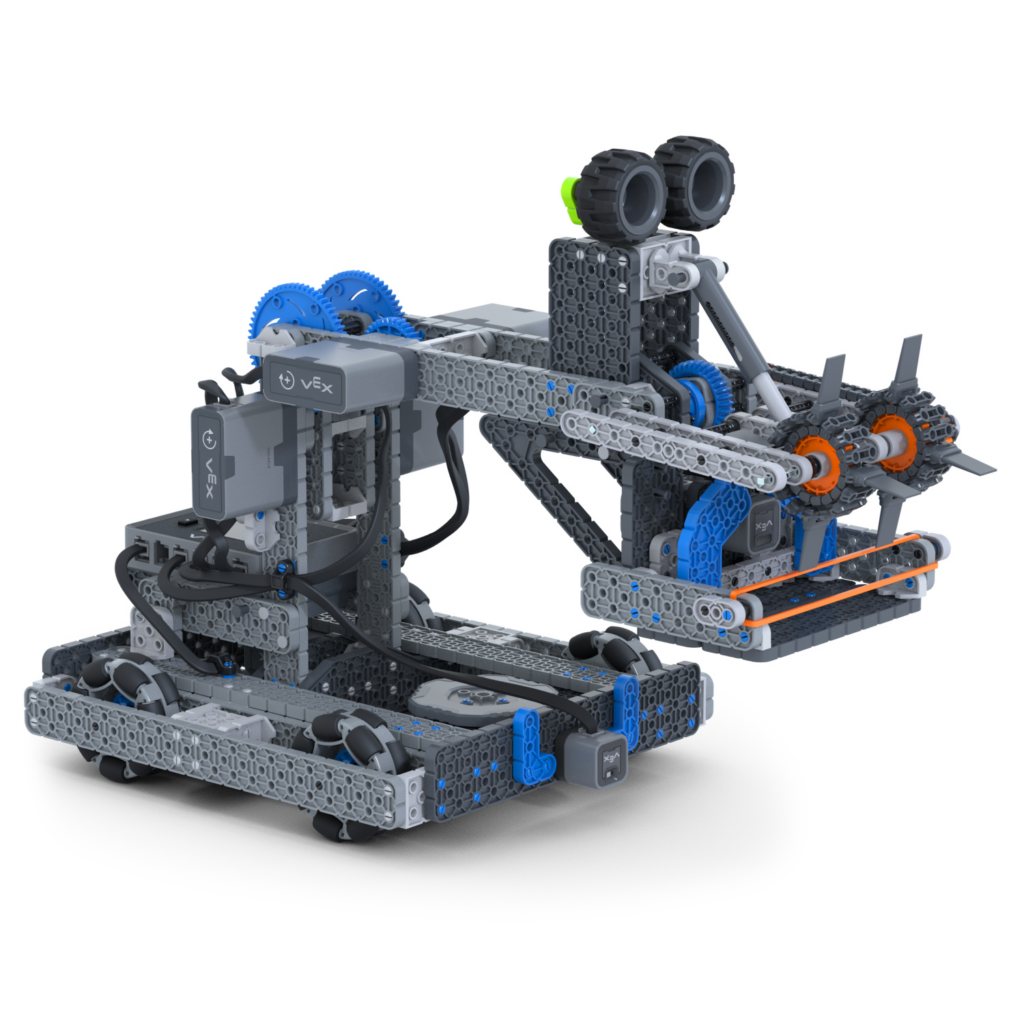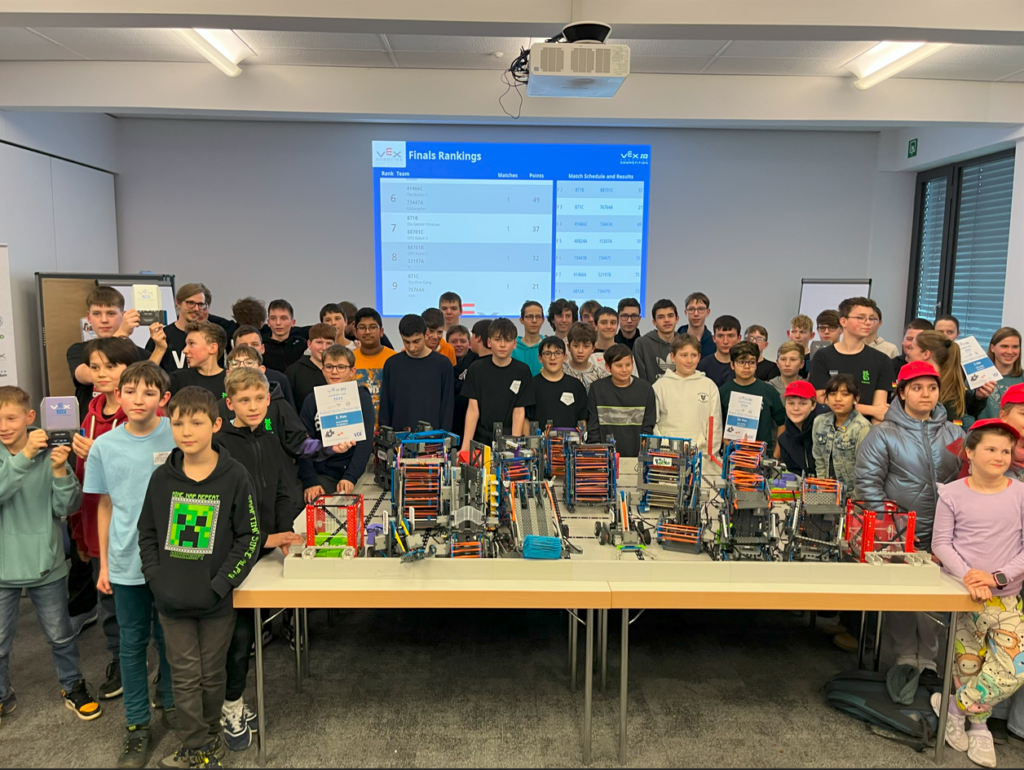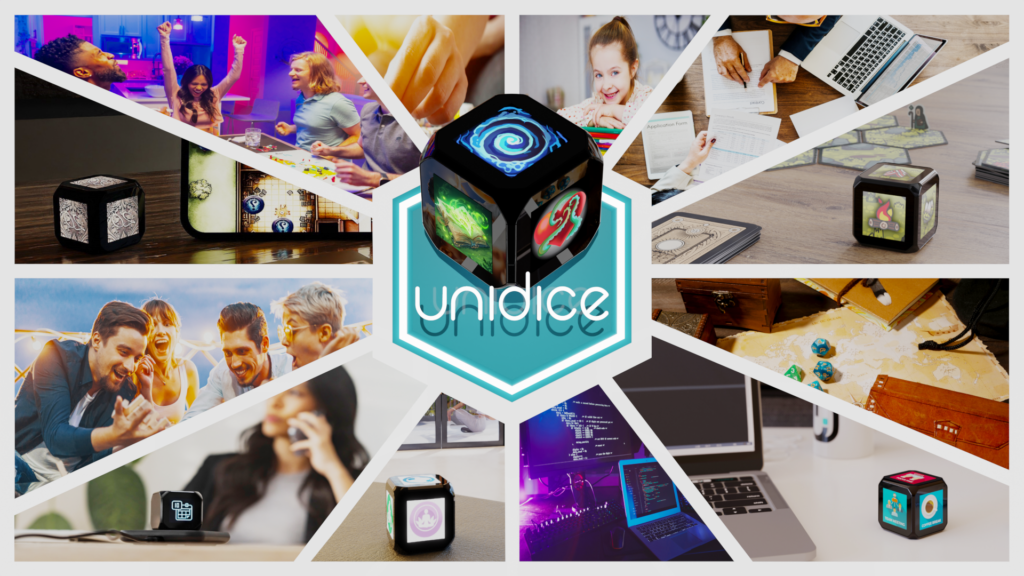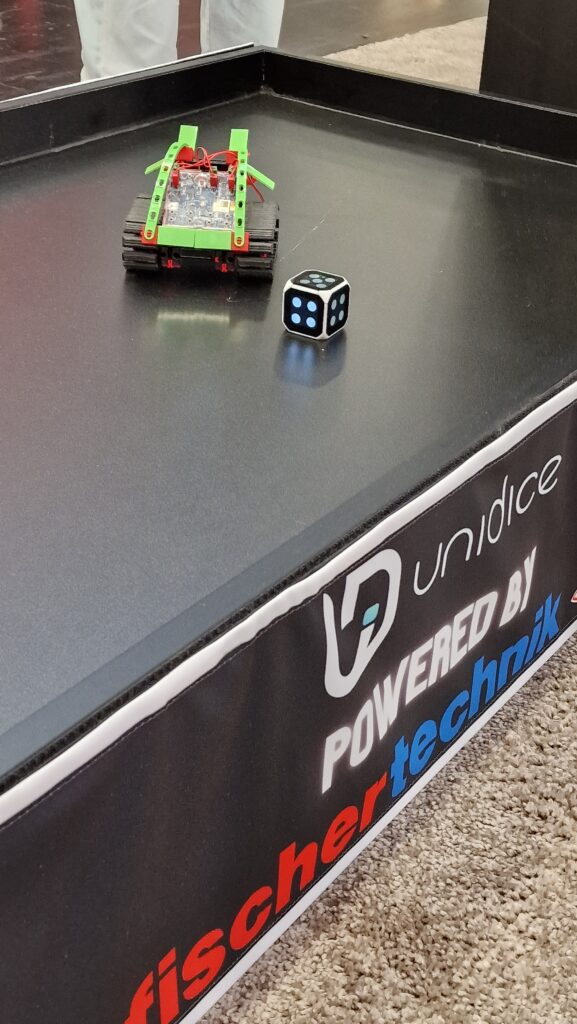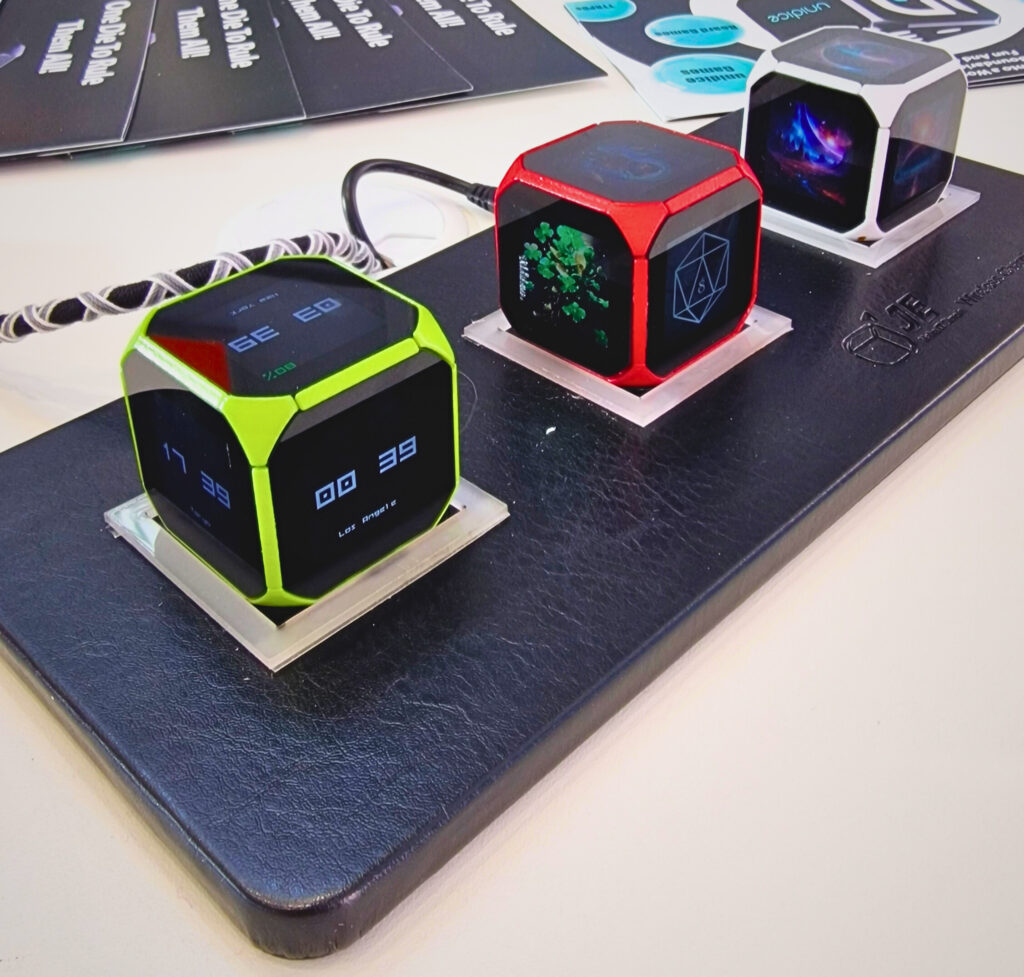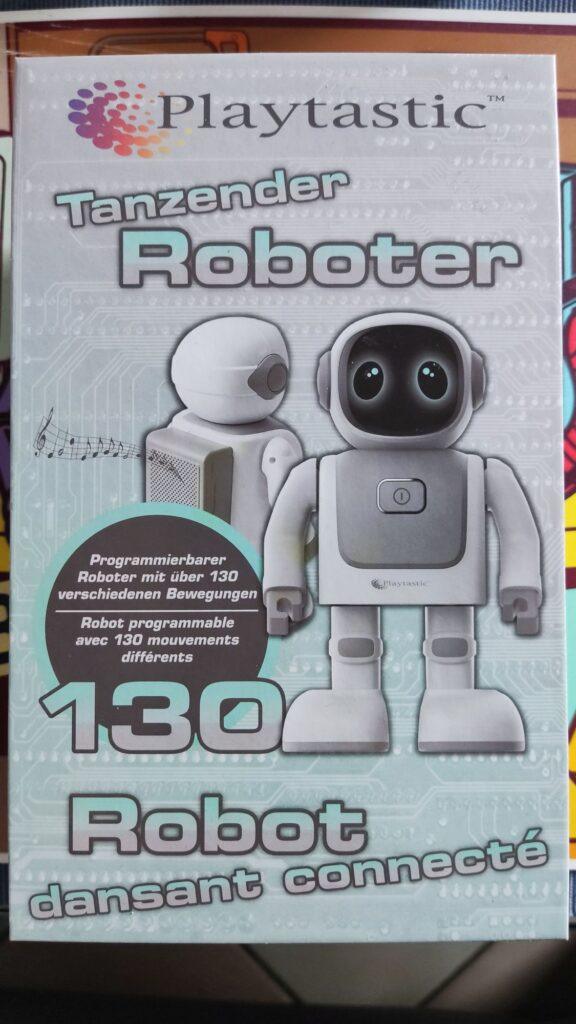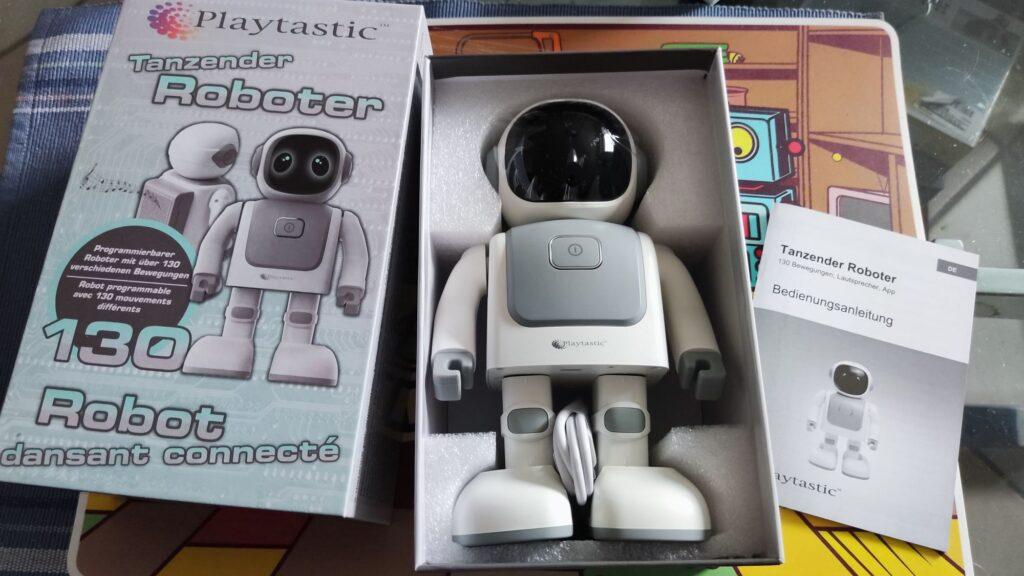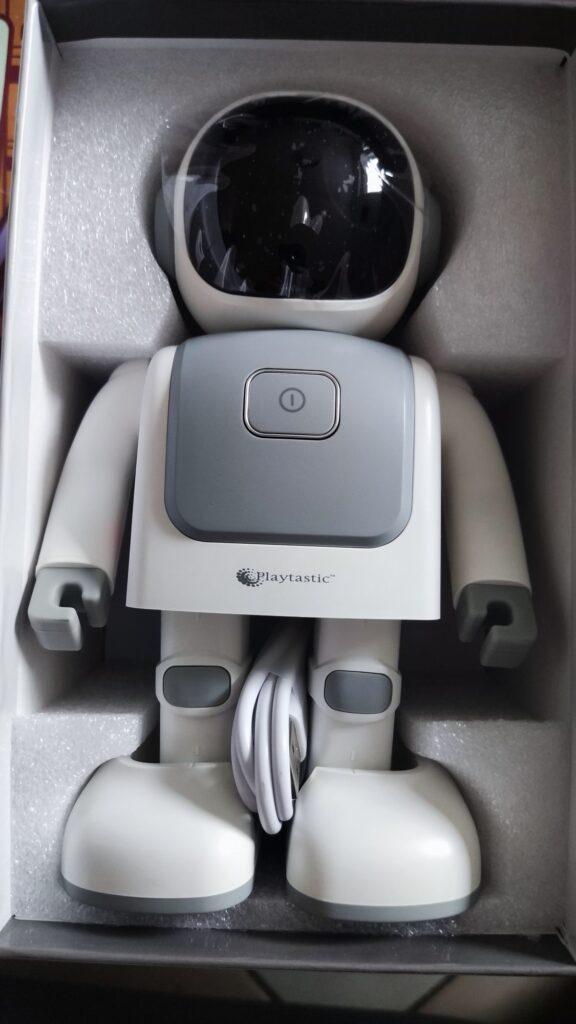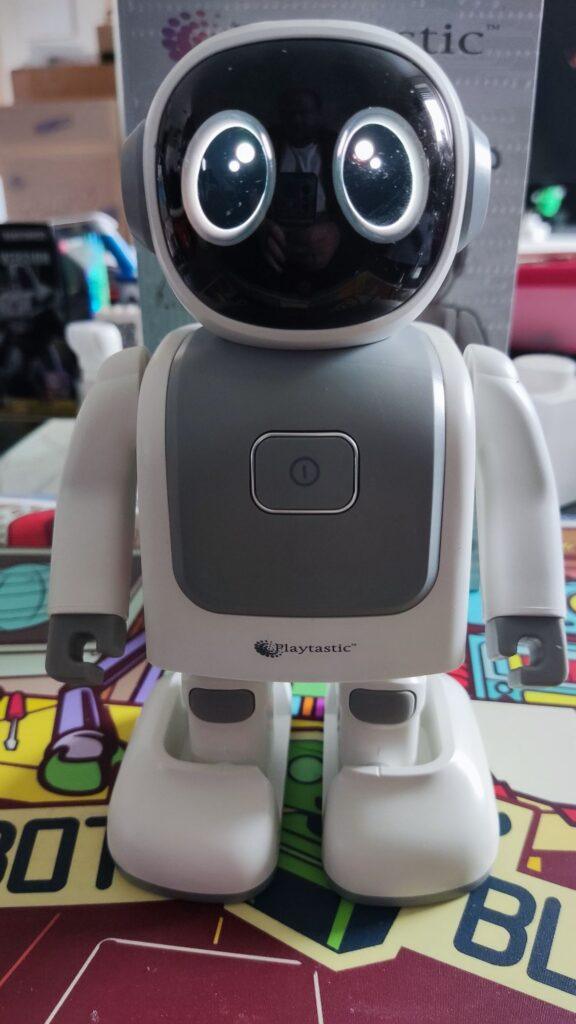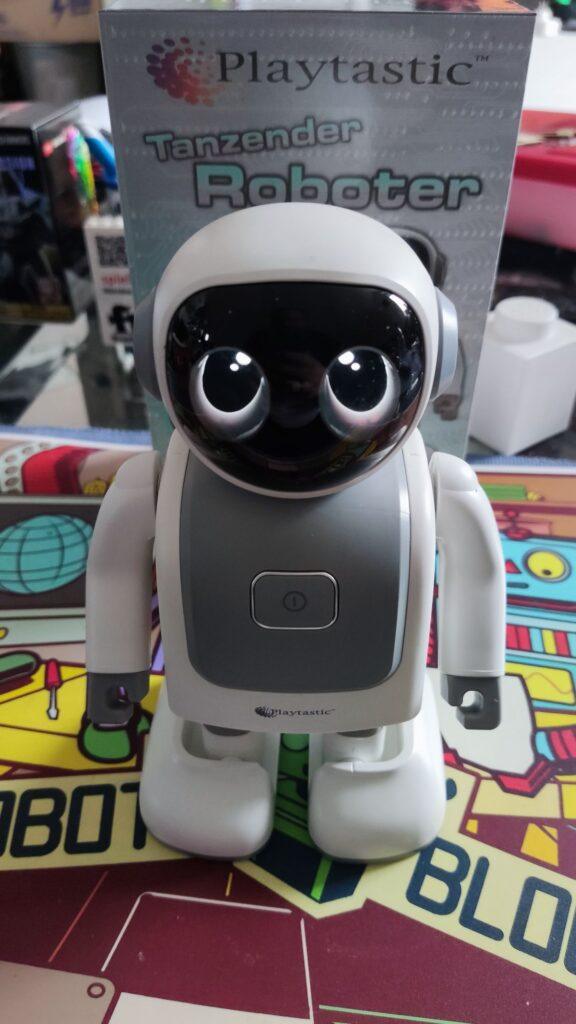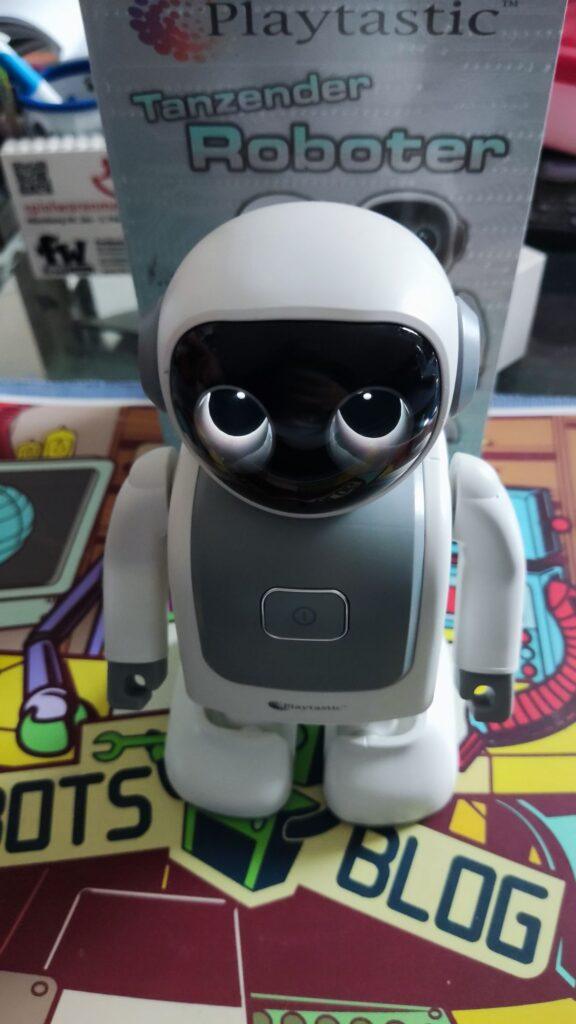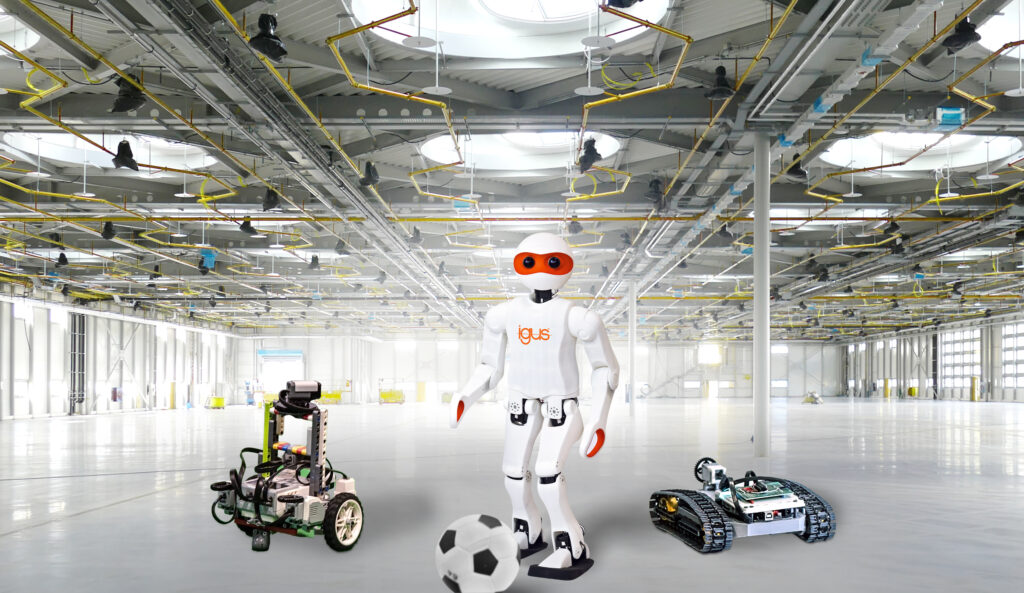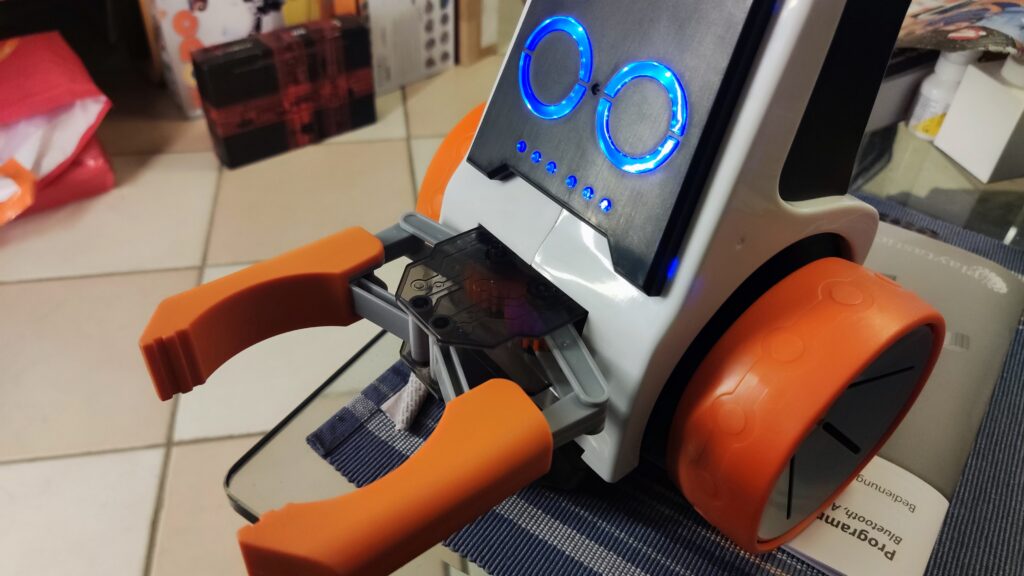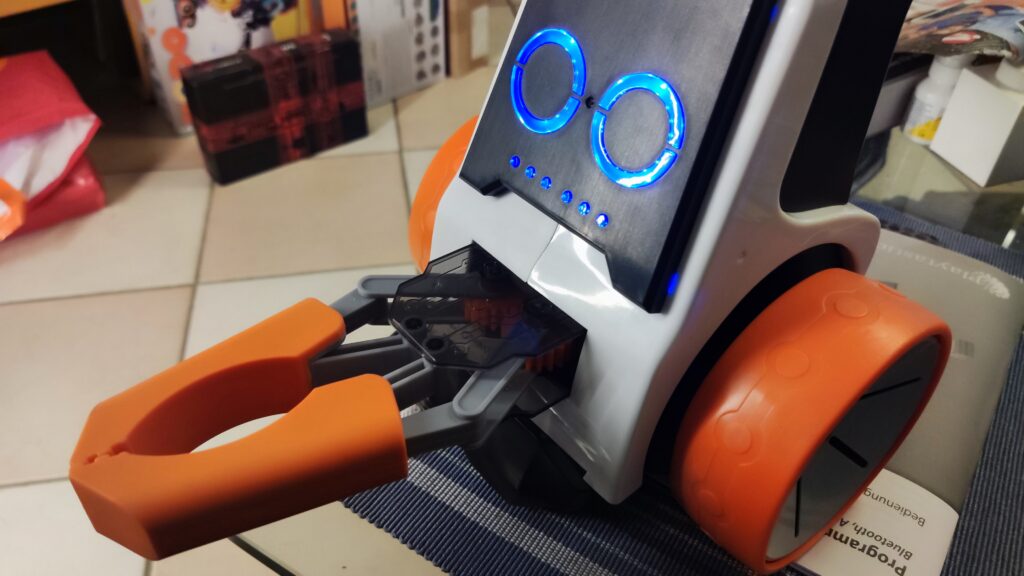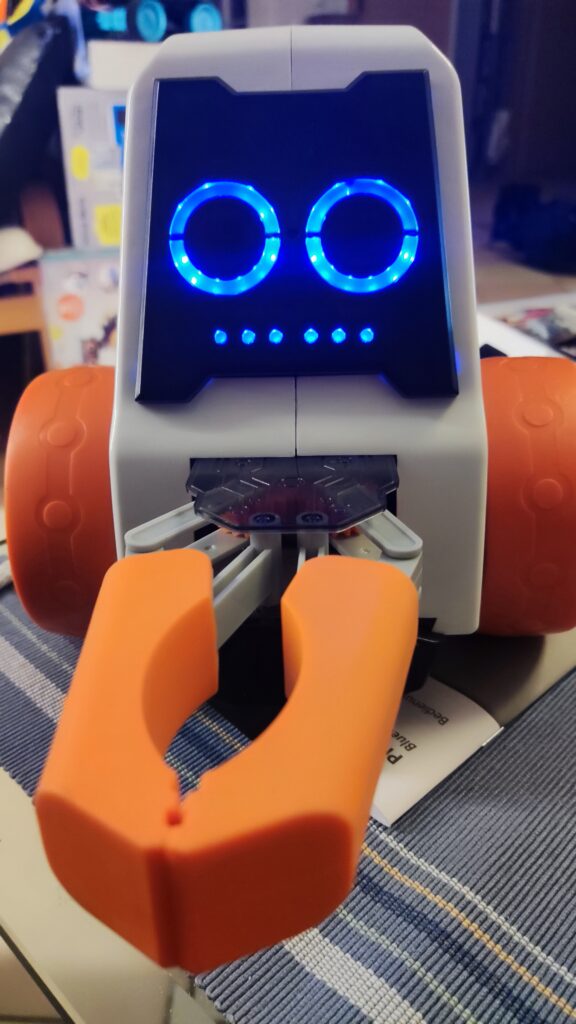Explore myArm M&C series robots for versatile, high-performing solutions in robotics, offering precise control and diverse applications.
SHENZHEN, GUANGDONG, CHINA, May 10, 2024 /EINPresswire.com/ — Embodied intelligence research, as a critical branch of artificial intelligence, is striving to endow robots with new capabilities in precise motion control, high-level autonomous decision-making, and seamless human-machine interaction.
Against this backdrop, Elephant Robotics has recently unveiled the myArm M&C series robots. These powerful and cost-effective lightweight robots empower researchers and developers in both data collection and execution, driving forward the advancements in embodied intelligence technology and its practical applications..
The myArm M&C series robots are meticulously designed to meet the diverse needs of users, prioritizing flexibility and adaptability. They play a pivotal role in various research and application scenarios, making them the ideal robotics solution for education and research purposes.
myArm C650
The myArm C650 is a universal 6 DOF robot motion information collection device designed to meet the diverse needs of education, research, and industry in robot motion data collection and analysis. With its lightweight design of weighing only 1.8kg, the myArm C650 boasts a horizontal working radius of 650mm, minimizing inertial forces during operation for enhanced response speed and precision.
Equipped with high-precision digital servo motors and 4096-bit encoders on all 6 joints, the myArm C650 mimics human arm motion with remarkable accuracy, enabling a wide range of tasks. Its intuitive control method, featuring dual-finger remote control and dual customizable buttons, supports recording functions for precise command execution and immediate feedback on robot behavior. This flexibility makes the myArm C650 an ideal choice for precise motion tracking and data collection in various experimental and educational settings. With an impressive information acquisition speed of up to 50Hz, it has become indispensable for robot algorithm development and higher education institutions, offering real-time data support for complex control systems.
In remote control applications, the myArm C650 excels, delivering outstanding performance regardless of the robot’s configuration complexity. Moreover, its compatibility with Python and ROS, coupled with open-source remote control demonstration files, expands its application scope, enabling seamless integration with advanced robot platforms like the myArm M750, myCobot Pro 630, and Mercury B1.
The myArm C650 sets a new standard for versatility and performance in robot motion data collection, empowering users to explore the full potential of advanced robotics across diverse fields.
myArm M750
The myArm M750 is a universal intelligent 6 DOF robotic arm. It not only meets the demand for high-precision robot motion control but is particularly suitable for entry-level robot motion algorithm verification and practical teaching scenarios. Its standardized mechanical arm structure provides an ideal learning platform for students and beginners to grasp the basic principles and applications of robot kinematics.

Dedicated to achieving precise motion control and verification, the myArm M750 excels in applications requiring strict operational accuracy, such as precision assembly, fine manipulation, and quality monitoring. Equipped with industrial-grade high-precision digital servo motors and advanced control algorithms, the myArm M750 delivers exceptional torque control and positional accuracy, supporting a rated load capacity of 500g and a peak load of up to 1kg.
The myArm M750’s versatility extends to its end effector design, featuring a standard parallel gripper and vision module that empower users with basic grasping and recognition capabilities. Furthermore, the myArm M750 offers compatibility with a range of optional accessories, significantly expanding its application scenarios and adaptability to diverse tasks.
myArm M&C Teleoperation Robotic Arm Kit
Teleoperation Robotic Arm Kit represents a leap forward in robotics innovation, offering an advanced solution tailored for remote control and real-time interaction through cutting-edge teleoperation technology. By seamlessly integrating the versatility of the myArm C650 with the precise control capabilities of the myArm M750, this kit forms a dynamic and adaptable platform suitable for a myriad of research, educational, and commercial applications.
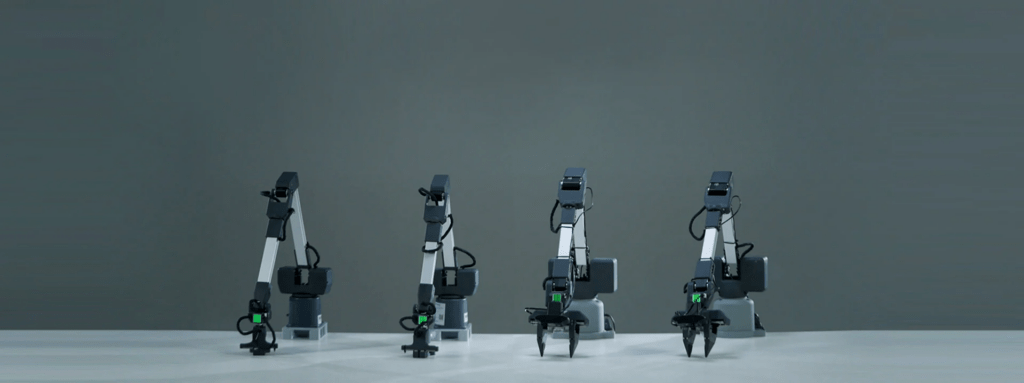
Engineered to mimic human behavior, the kit enables researchers and developers to validate and test remote control systems and robot motion planning models akin to the ALOHA robot. Empowered by millisecond-level data acquisition and control capability, real-time drag control functionality, and multi-robot collaborative operation capabilities, the myArm M&C Kit facilitates the execution of complex tasks, including advanced simulations of human behavior. This technology not only showcases the precision and efficiency of robots in mimicking human actions but also propels research and development in robot technology for simulating human behavior and performing everyday tasks.

Moreover, integrated AI technology equips robots with learning and adaptability, enabling autonomous navigation, object recognition, and complex decision-making capabilities, thereby unlocking vast application potential across diverse research fields.
myArm M&C Embodied Humanoid Robot Compound Kit
Stanford University’s Mobile ALOHA project has garnered global attention for its groundbreaking advancements in robotics technology. It has developed an advanced system that allows users to execute complex dual-arm tasks through human demonstrations, thereby enhancing imitation learning algorithms‘ efficiency through data accumulation and collaborative training. The Mobile ALOHA system showcases its versatility by seamlessly executing various real-world tasks, from cleaning spilled drinks to cooking shrimp and washing frying pans. This innovation not only marks a significant milestone in robotics but also paves the way for a future where humans and robots coexist harmoniously.

Drawing inspiration from Stanford’s Mobile ALOHA project, this kit adopts the same Tracer mobile chassis. With an open-source philosophy, minimalist design, modular construction, and robust local community support, this kit serves as a cost-effective solution for real-time robot teleoperation and control, mirroring the capabilities of Mobile ALOHA with a more accessible price.
Designed to cater to the needs of small and medium-sized enterprises, as well as educational and research institutions, this kit offers a more accessible price, user-friendly features, and easy accessibility to cutting-edge robot technology.
The myArm M&C series robots are a versatile robotics solution catering to diverse needs from fundamental research to intricate task execution. In combination with optional kits, they seamlessly adapt to various application scenarios, from precision manufacturing to medical assistance, education, training, and household support. The myArm M&C series robots stand out as dependable and high-performing solutions, promising reliability and excellence. The inclusion of the Embodied Humanoid Robot Compound Kit and Quadruped Bionic Robot Compound Kit further expands the possibilities in robotics, encouraging interdisciplinary exploration and fostering innovation.


